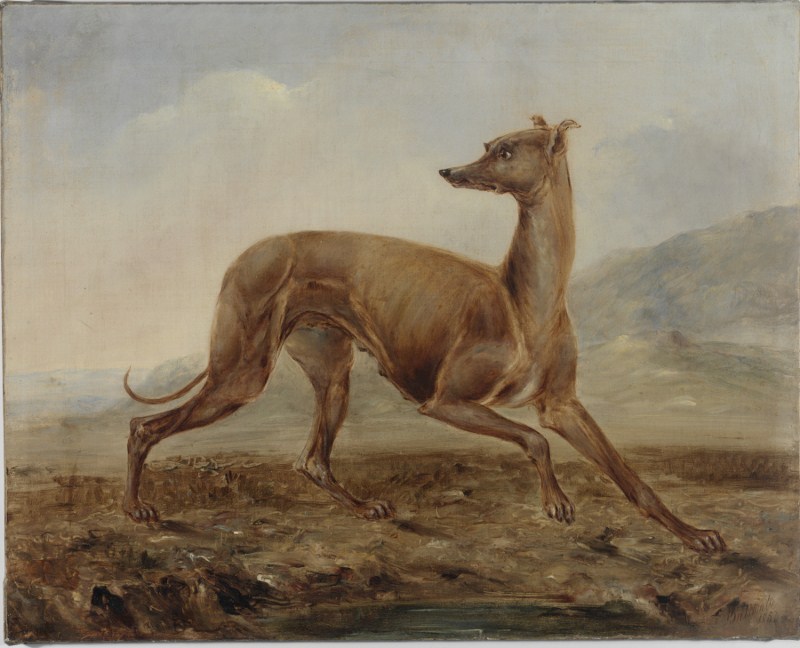‘Making the Archives Talk': Towards an Electronic Edition of Joseph Furphy’s Such is Life
Keywords:
Joseph Furphy, scholarly editingAbstract
The first edition of Such is Life, published in 1903 by the Bulletin Publishing Company, was the last step in a protracted period of composition, revision, and correction that produced several legitimate versions that are visible among the fragments of extant manuscripts and typescripts. When Furphy died on 13 September 1912, the possibility of any further authorial changes to his published and unpublished work died with him. His death did not stop publishing initiatives abridging his works by commissioning editors to do the job, and it did not stop the loss of other unpublished material as family members dealt with the author’s papers in the best way they could. As recent theory has demonstrated, the compilation and interpretation of the archive is unavoidably subjective, and so the contingencies of historical and critical interpretation form a very unstable view of the past. It is the job of a scholarly editor to confront this instability and provide a representation of the work that is useful to future enquiry. In this article I describe one approach, among several legitimate options, that I believe is the best way to represent, for current and future readers of Australian literature, the complicated and fragmented condition of the work we know as Such is Life. Informed by recent arguments in editorial theory and inspired by the possibilities of delivery in digital formats, an electronic edition of Joseph Furphy’s Such is Life will provide greater access to the major elements of extant archival record, and provide an environment where readers can contribute to the edition with annotations and commentary. Unlike the closed format of print-based alternatives, the electronic edition will remain open to critique, correction and debate, providing an environment that better accommodates the contingencies of archival preservation and historical interpretation.Downloads
Published
2013-06-28
Issue
Section
Articles
License
The copyright for articles in this journal is retained by the author(s), with first publication rights granted to the journal. By virtue of their appearance in this open access journal, articles are free to use with proper attribution in educational and other non-commercial sectors.Attribution-NonCommercial-ShareAlike 2.1 Australia
This work is licensed under the Creative Commons Attribution-NonCommercial-ShareAlike 2.1 Australia License. To view a copy of this license, visit http://creativecommons.org/licenses/by-nc-sa/2.1/au/ or send a letter to Creative Commons, 543 Howard Street, 5th Floor, San Francisco, California, 94105, USA.
How to Cite
‘Making the Archives Talk’: Towards an Electronic Edition of Joseph Furphy’s Such is Life. (2013). Journal of the Association for the Study of Australian Literature, 13(1). https://openjournals.library.sydney.edu.au/JASAL/article/view/9848

